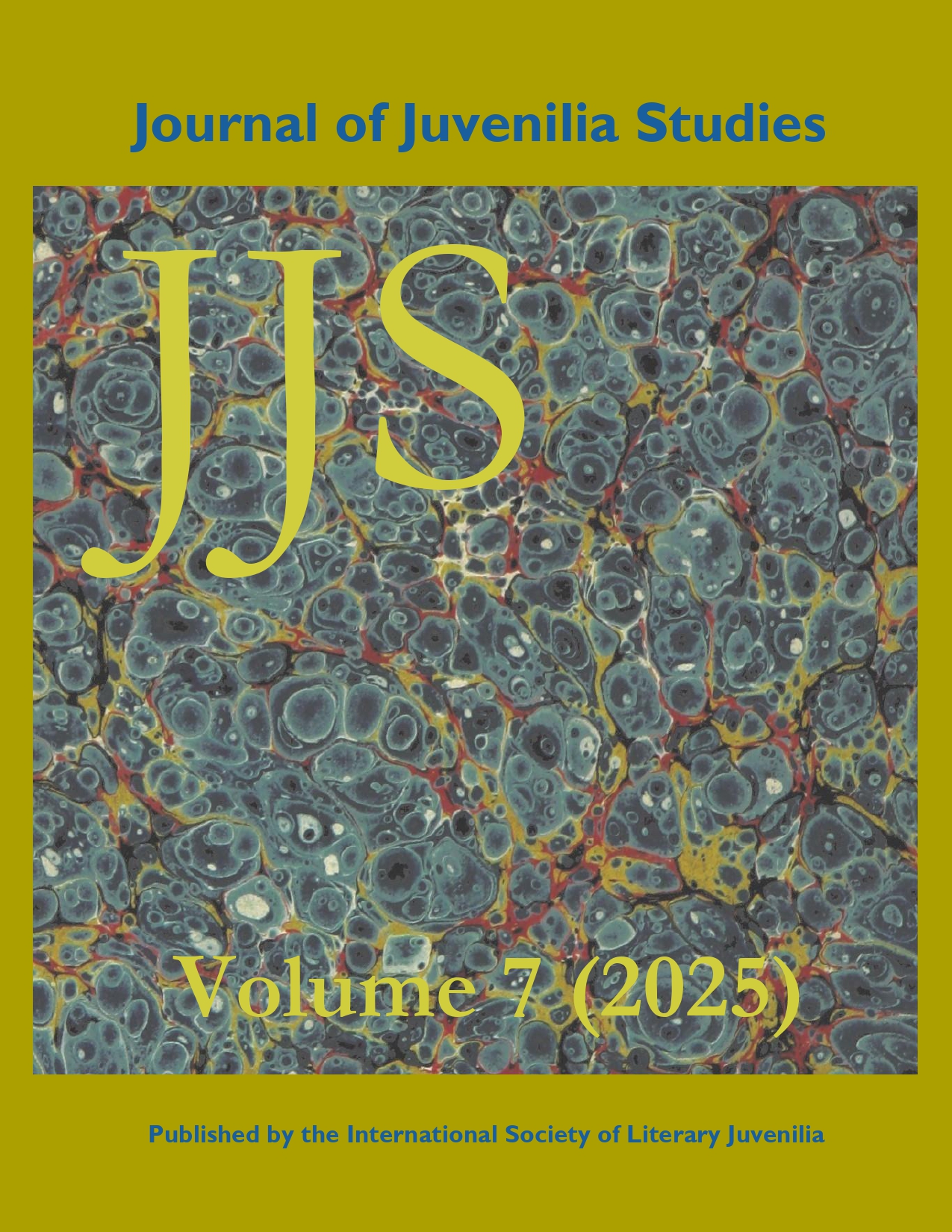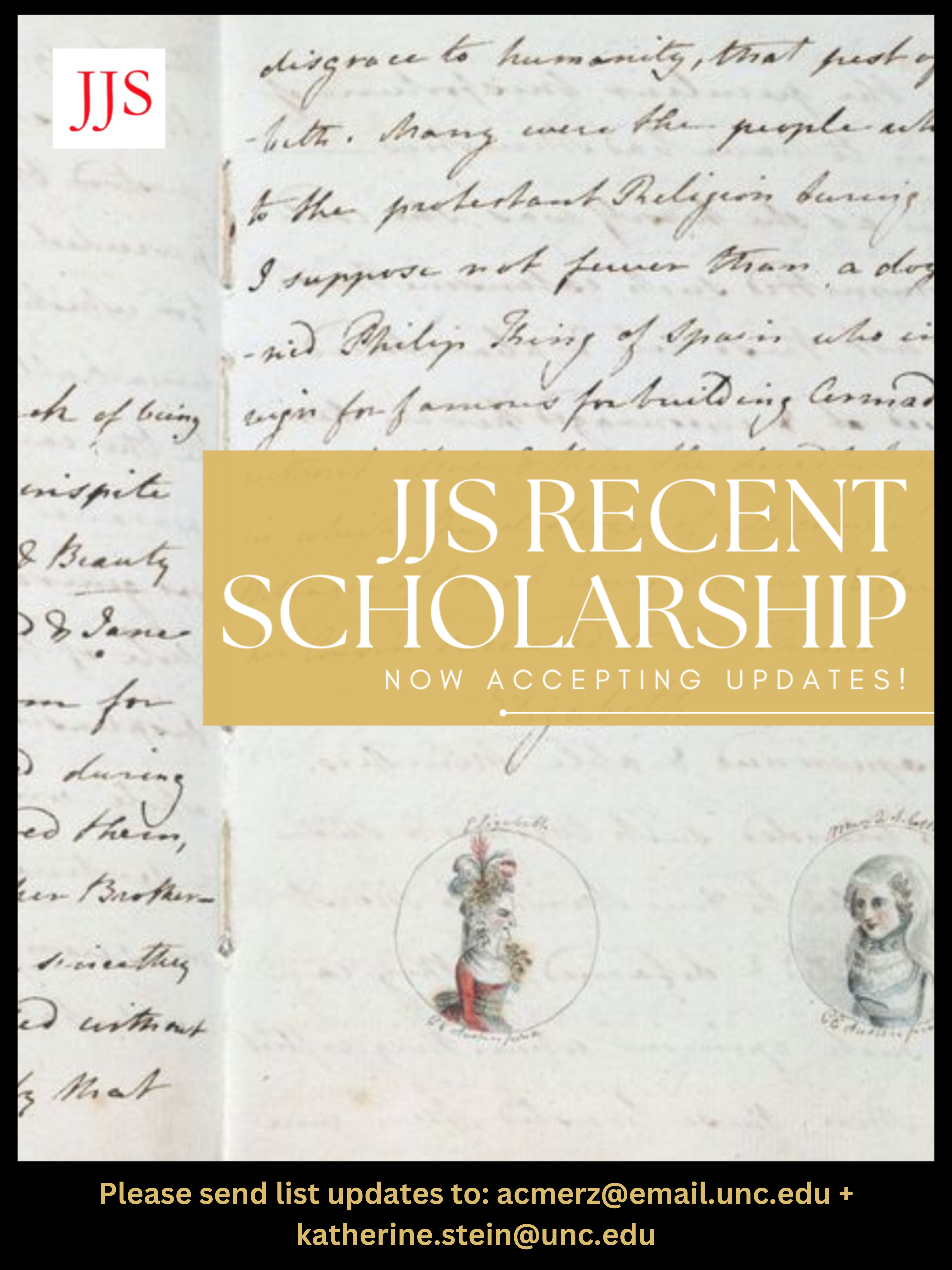Fat Books, Coloured Pencils, Nibs and Ink
Teaching the Juvenile Journal
DOI:
https://doi.org/10.29173/jjs91Keywords:
literary juvenilia, childhood studies, Anne Frank, Richard Doyle, journalsAbstract
The Diary of Anne Frank is a salient example of how valuable a youthful journal can be historically, as well as for access to the child’s subjectivity and creativity. This essay suggests that juvenile journals can provide excellent matter for a specialized course on the genre.
With a focus on the young writer’s need for necessary writing materials, the author examines journals by a number of young diarists of different periods: Marjory Fleming, writing in Regency Scotland, who died at eight years old, but still made it into the Dictionary of National Biography; the teenage Richard Doyle, already developing his artistic talents and turning professional in the busy London in 1840; Elizabeth Thompson Butler, struggling to achieve recognition as a Victorian female painter of battle scenes; Iris Vaughan, writing in South Africa at the time of the Boer War; seven-year-old Opal Whiteley, still on the threshold of literacy, recording her close encounters with animal life in the logging camps of Oregon in the early twentieth century; and teenager Hope Hook, recounting her crossing of Canada in 1907, as part of her family’s move to emigrate; and up to Anne Frank, a teenager in the Second World War.
These young writers, artists, and budding professionals provide vivid insights into their thinking and writing processes, as well as windows on the history and culture of their day as perceived by a child.
Downloads
Published
Issue
Section
License
The Creative Commons Attribution-Noncommercial-No Derivatives 4.0 International license applies to all works published by the Journal of Juvenilia Studies and authors retain copyright of their work.
![]()



.jpg)
 Dedicated to the discussion and promotion of literary works by young writers
Dedicated to the discussion and promotion of literary works by young writers

